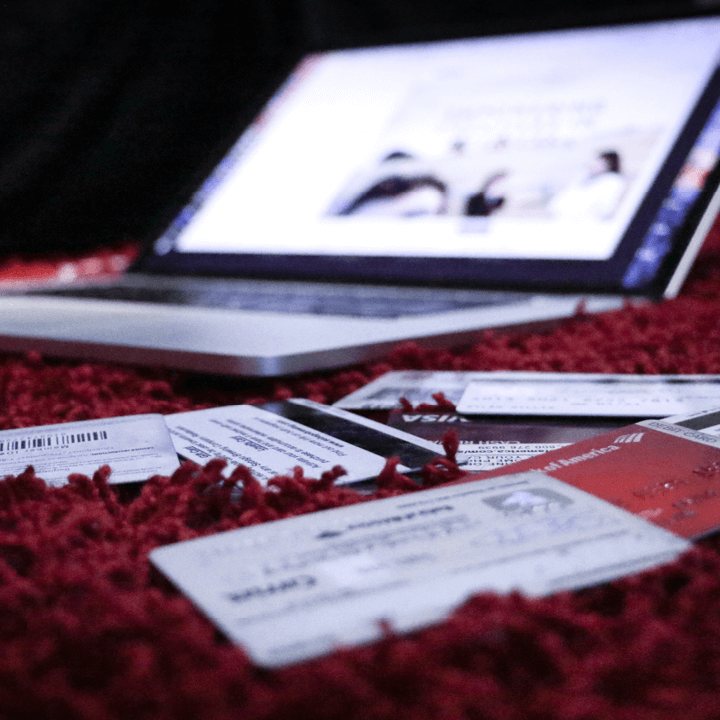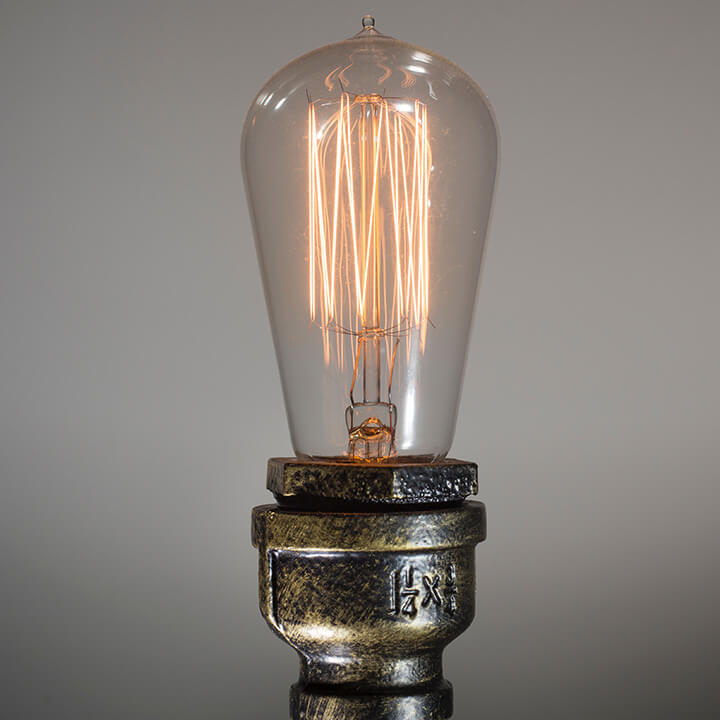Software and AI as a medical device: Roadmap published
24th November 2022
The Medicines & Healthcare products Regulatory Agency (MHRA) recently published a roadmap for its ‘Software and AI as a Medical Device Change Programme’. This builds on wider reforms in the pipeline, as Walker Morris Regulatory & Compliance expert Claire Burrows explains.

Future regulation of medical devices in the UK – where are we now?
The MHRA consulted in 2021 on a new post-Brexit regulatory framework for medical devices. The government’s response was published in June this year. In our recent briefing we explained that the MHRA has now extended implementation of the future Medical Device Regulations by 12 months. It aims to bring them into force by July 2024.
What about software and AI as a medical device?
Chapter 10 of the MHRA’s consultation deals with software as a medical device (‘SaMD’) including AI as a medical device (‘AIaMD’). SaMD is standalone software and software included in wider hardware and including AIaMD.
In its consultation response, the government said that software and AI as a medical device has grown in market share, public health significance and complexity in recent years; and the current regulations contain few provisions specifically aimed at regulating it. The government made clear, however, that the majority of change required in this area is likely to be in the form of guidance rather than legislation. For example, clarifying what medical device requirements mean in the context of software and AI.
The MHRA announced the Software and AI as a Medical Device Change Programme last year. This work programme builds on the wider reforms detailed in the consultation. It will “deliver bold steps to provide a regulatory framework that provides a high degree of protection for patients and public, but also makes sure that the UK is recognised globally as a home of responsible innovation for medical device software looking towards a global market” .
The roadmap
The programme comprises 11 work packages across two workstreams. The first contains eight work packages to make key reforms across the SaMD lifecycle. These include: qualification; classification; premarket requirements; post market; and cyber secure medical devices. The second has three work packages and considers the challenges that AIaMD can pose over and above classically programmed software. These are: rigour; interpretability; and adaptivity.
For each work package, the roadmap describes: the problem the package seeks to address; the objectives that break down that problem; and the specific deliverables that meet the ambition. Work packages 6, 7 and 8 don’t have discrete deliverables assigned to them. Their content has been absorbed into the wider deliverables outlined.
Crucially, the MHRA says it is sensitive to the fact that regulatory innovation that departs from international consensus can create an additional burden for the market. It intends to drive forward international consensus, working with others to accelerate regulatory innovation and harmonisation in this area.
The MHRA is also working closely with the British Standards Institute (BSI) to make sure there is a wide set of standards to help manufacturers meet the regulatory requirements.
What happens next?
The MHRA will announce plans for patient/public and industry engagement to support the work programme; and most deliverables will be released first as drafts for wider comment and input before being published.
Deliverables will be published in tranches. First drafts for the first tranche are intended to be published before the end of the year. The first tranche comprises: regulatory guidance on crafting an intended purpose in the context of SaMD; review of the process of adverse incident signal detection for SaMD; regulatory guidance on good machine learning practice for medical device development mapping; best practice guidance on AIaMD for all; and guiding principles on adaptivity and change management in AIaMD.
We will continue to monitor and report on developments.
Software and AI as a medical device – how we can help
Working together with our Technology & Digital colleagues as required, Walker Morris’ Medical & Healthcare Regulation specialists are here to help with any queries you may have on these developments, or the reforms more generally. Please contact Claire for advice or assistance.









